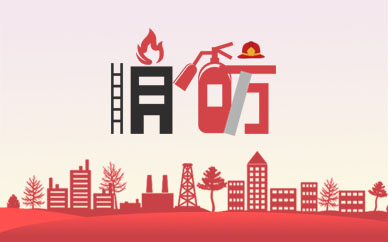热文:土地利用英语怎么说
2023-03-27 10:45:01 来源:教育联播网
 【资料图】
【资料图】
关键词:
土地利用
- 热文:土地利用英语怎么说 2023-03-27 10:45:01
- 天天精选!初一英语80字作文写对课程的喜爱 2023-03-27 10:43:05
- 写节日的60字英语作文 2023-03-27 10:53:55
- 世界热门:好消息英语怎么说 2023-03-27 10:51:11
- 头条焦点:职场英语和商务英语的区别 2023-03-27 10:56:14
- 个人辞职申请理由怎么写 2023-03-27 10:56:00
- 世界今头条!2022杭州亚运会开幕时间公布 2023-03-27 10:56:02
- 我眼中的缤纷世界精选300字10篇 2023-03-27 10:43:57
- 全球最新:难忘的中秋节作文600字 2023-03-27 10:41:18
- 每日视点!有你真好六年级作文600字10篇 2023-03-27 10:34:40
- 背水一战的主人公是谁 2023-03-27 10:44:34
- 当前速看:让真情自然流露作文600字(精选8篇) 2023-03-27 10:33:29
- 每日焦点!阅读《骆驼祥子》有感5篇 2023-03-27 10:50:24
- 学生会学期个人工作总结精选10篇 2023-03-27 10:56:58
- 学校办公室周工作计划 2023-03-27 10:39:21
- 环球速读:个人年度考核工作自我鉴定五篇模板 2023-03-27 10:53:02
- 2022武昌理工学院普通类录取分数线 2023-03-27 10:43:35
- 职业教育的论文3000字 2023-03-27 10:37:58
- 全球快资讯丨小学语文教学计划(通用10篇) 2023-03-27 10:55:08
- 【世界聚看点】三篇超级优美的英语美文赏析,附翻译 2023-03-27 10:52:17
- 焦点信息:备战中考的决心书 2023-03-27 10:45:56
- 爵士乐歌手路易斯·阿姆斯特朗简介 2023-03-27 10:34:40
- 天天资讯:中国传统文化风水学的发展 2023-03-27 10:53:34
- 当前热议!七年级班主任工作总结10篇 2023-03-27 10:42:43
- 【独家】2017年新疆维吾尔族节日 2023-03-27 10:40:01
- 月末工作总结(精选12篇) 2023-03-27 10:55:21
- 最新简单好听三国的qq网名 2023-03-27 10:33:51
- 韩国19禁电影高颜值女主角叫什么(2) 2023-03-27 10:46:36
- 环球视讯!好文章 2023-03-27 10:39:47
- 天天热点评!2022哈尔滨工业大学录取分数线公布 2023-03-27 10:55:24
- 今日讯!社会实践报告1000字范文(5篇) 2023-03-27 10:32:12
- 世界十大军用运输机排行榜 2023-03-27 10:37:14
- 【环球时快讯】和平的反义词是什么及造句 2023-03-27 10:34:22
- 浅析日本三次教科书事件中的极端民族主义产生的原因 2023-03-27 10:32:07
- 2023年二级建造师考试案例题的答题技巧有哪些? 2023-03-27 10:50:11
- 2023年二级建造师考试案例题的答题技巧有哪些? 2023-03-27 10:39:01
- 环球头条:2023年二级建造师考试多选题技巧是什么? 2023-03-27 10:32:17
- 环球观焦点:2023年二级建造师考试《机电实务》答题技巧 2023-03-27 10:55:50
- 2023年二级建造师考试《机电实务》答题技巧 2023-03-27 10:35:15
- 环球报道:2023年二级建造师考试实务有什么技巧? 2023-03-27 10:38:10
- 环球热消息:2023年二级建造师考试案例题答题技巧是什么? 2023-03-27 10:44:24
- 2023年二级建造师考试多选题技巧是什么? 2023-03-27 10:51:18
- 世界热推荐:2023年二级建造师考试实务有什么技巧? 2023-03-27 10:36:32
- 2023年二级建造师考试案例题答题技巧是什么? 2023-03-27 10:33:20
- 环球播报:党的群众路线实践活动总结 2023-03-27 10:49:16
- 全球快资讯丨双节棍的入门棍法 2023-03-27 10:46:53
- 神奇宝贝的可达鸭简笔画怎么画 2023-03-27 10:43:16
- 明朝张嫣皇后生平简介资料 2023-03-27 10:39:38
- 腼腆的反义词及造句 2023-03-27 10:38:48
- 【报资讯】如何培养想象力 2023-03-27 10:44:00
x
广告
x
广告
